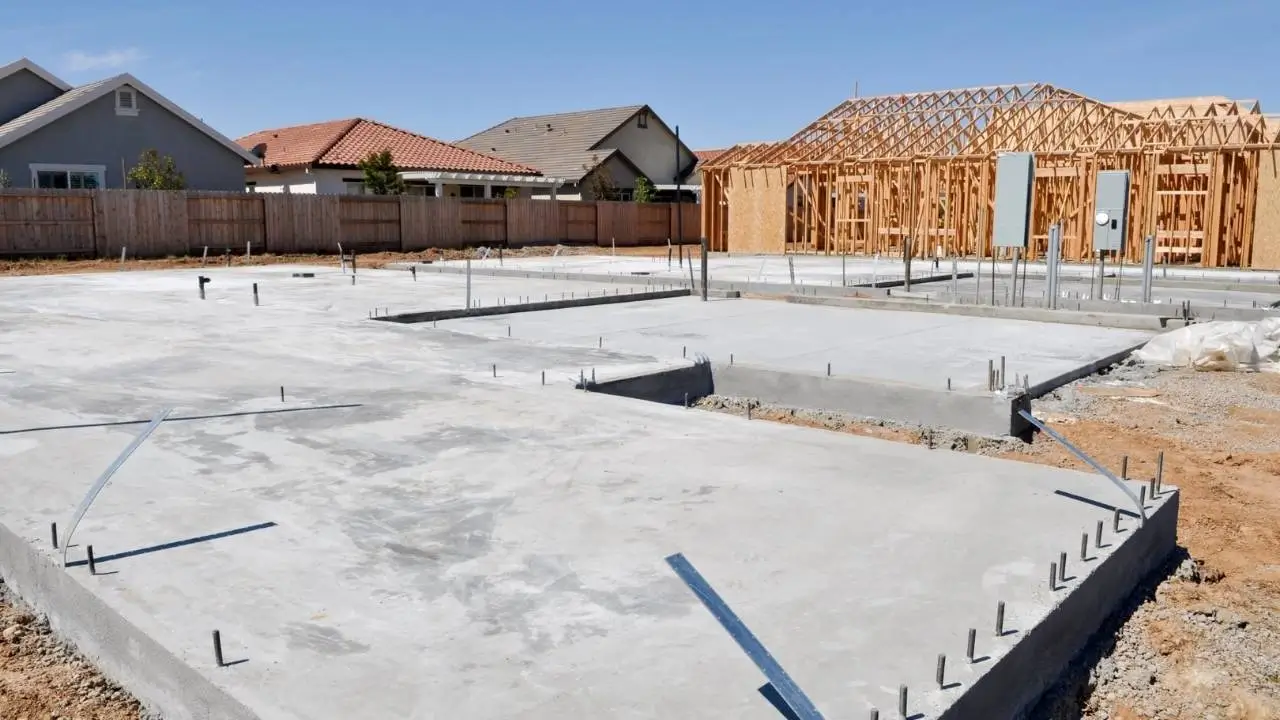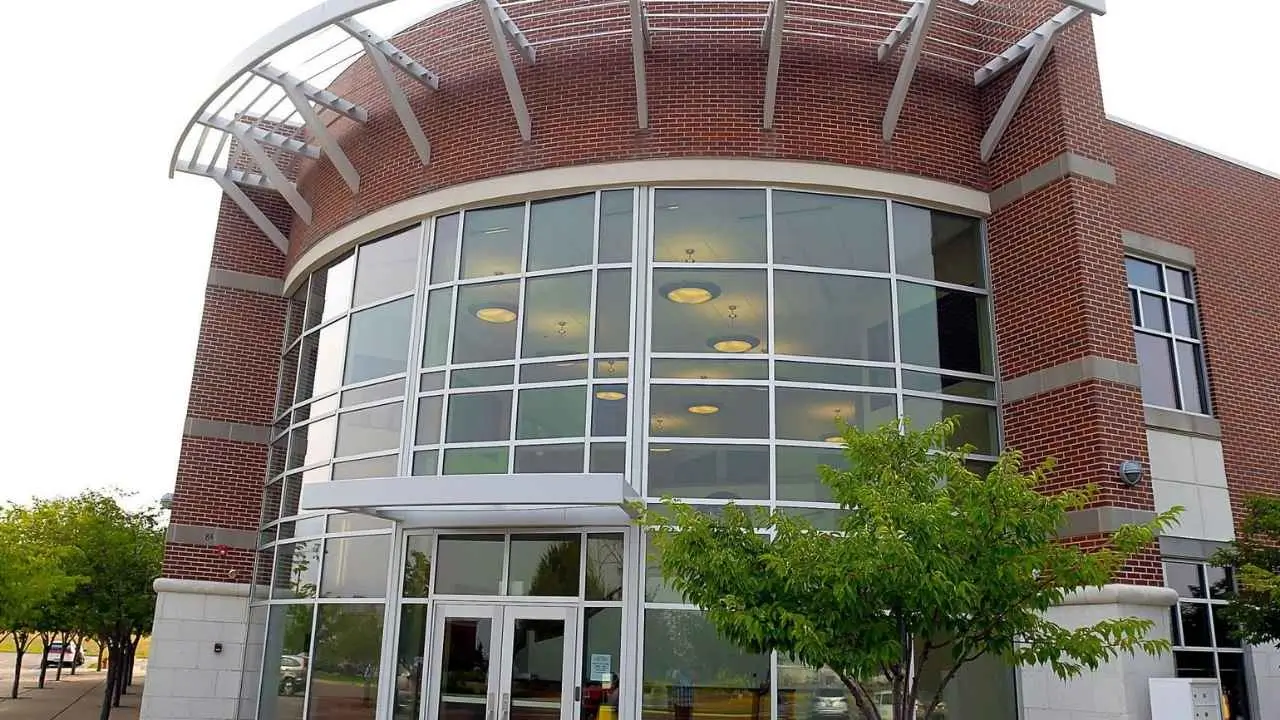Logan is in a hurry, and the stakes are simple: either the city aligns housing, water, transportation, and quality-of-life investments with rising demand—or growth feels like gridlock, scarcity, and strain. The story is nuanced. Housing inventory has loosened a bit, civic projects are in motion, and the regional economy remains resilient. Yet the constraints are real, especially beneath the ground where aquifers set the true pace of expansion. The outcome will depend on smart sequencing, practical policies, and a willingness to plan to hydrology rather than headlines.

Logan growth challenges center on three pressure points: affordability that lags incomes, transportation links that trail subdivision buildouts, and water science that is finally catching up to reality. City and county leaders are prioritizing cross-valley connectors, canyon safety, trails, and indoor recreation all while acknowledging that water rights and aquifer capacity will ultimately set the ceiling for approvals, phasing, and occupancy. It’s a solvable equation, but only if near-term decisions lean conservative on water and aggressive on infrastructure timing.
Logan Keep Up with Its Own Growth
Housing: Supply Is Improving, Affordability Still Fragile
On the surface, the housing market looks less tight than it did a year ago. Inventory has risen, absorption is more balanced, and the buyer experience is less frantic. That eases some immediate pressure, but it doesn’t cure affordability when wage growth trails housing costs and financing remains sensitive to rate moves. The key lever is product mix: smaller footprints, attached homes, and missing-middle types in well-connected neighborhoods. Approvals that shave months off delivery timelines make just as much difference as construction starts. In short, the headline numbers matter, but the geometry of what gets built and when matters more.
The Water Reality: Aquifers Set The Pace
Here’s the defining constraint for the next three to five years: water. Most monitored groundwater wells in Cache Valley show long-term declines, and the science is being updated to remove guesswork from planning. A three-year groundwater assessment, funded by a state request and matched by local and federal partners, is underway to quantify recharge, connectivity between mountain and valley aquifers, and vulnerability under climate variability. The final synthesis is due by late 2026, with interim findings guiding approvals before then. Until the results are integrated, it’s prudent to phase growth to verified rights, conservative yield assumptions, and storage milestones tied to occupancy.
Why Hydrology Is Complicated Here
Cache Valley’s geology doesn’t play by simple rules. The Bear River Range includes karst formations—conduits, fractures, and caves primarily fed by snowmelt. That makes subsurface connections between mountain and valley aquifers more dynamic and harder to model. Recharge is highly sensitive to snow patterns, seasonality, and climate. The last comprehensive groundwater budget dates to 1990; methods and inputs from that era carry big uncertainties for modern decisions. The new study is built to fix that, using improved tracers, advanced modeling, and updated land use and precipitation data. When planners can quantify what goes in and how it moves, they can set growth guardrails that withstand dry years and policy shifts.
Transportation: Build Before Bottlenecks
Roads don’t just move cars; they govern household routine, delivery logistics, and emergency reliability in winter. Growth has gotten ahead of some cross-valley links, which shows up as cut-through traffic in neighborhoods and slowdowns at school peaks. Priorities include completing the east–west connectors that relieve pressure on older corridors, upgrading safety in Logan Canyon to stabilize mountain access, and building trails early so short trips can move off-road from day one. The sequencing matters: delivering these before major plats fill reduces the need for retrofits and lowers crash risk during transitional volumes.
Parks, Recreation, And Social Infrastructure
As lots shrink and density rises, quality-of-life infrastructure becomes essential infrastructure. Indoor recreation capacity, safe trail networks, and preserved open spaces aren’t extras; they are the glue that keeps fast growth livable. Transitions—like facility transfers to school districts—can create service gaps if replacement capacity lags. The best practice is to treat recreation like roads: program funding, set clear timelines, and measure outcomes in usage, accessibility, and equitable distribution across new and old neighborhoods alike.
Planning To Hydrology, Not Just Demand
The most important planning shift is tying land use and approvals directly to water portfolios and conservative hydrologic thresholds. That means: no over-allocation based on optimistic recharge; phased occupancy linked to storage coming online; reuse and secondary irrigation where feasible; and seasonal pricing and metering that smooth peaks without hammering baseline use. Developers, utilities, and residents need predictable rules, so interim standards should be clear and durable even as the aquifer study progresses. When the 2026 synthesis lands, those standards can tighten around empirical recharge and connectivity data.
Logan Growth Challenges In Practice
Logan growth challenges show up at the permit counter and the driveway. On the permit side, synchronizing entitlements with verifiable water and transport capacity prevents sudden moratoria and cut-through surges that breed public frustration. On the driveway side, a family’s lived experience depends on winter reliability, school-zone safety, and whether a quick errand demands a congested arterial or a safe trail. Both are solvable with disciplined sequencing and a willingness to favor readiness over ribbon cuttings. The city that ties project timing to hard constraints will look slow on paper but live fast in reality.
Economic Posture: Strong Fundamentals, Smarter Allocation
Cache Valley’s broader economy remains resilient, with a university engine, diversified small firms, and steady household formation. The constraint isn’t ambition; it’s allocation of rights, rights-of-way, and rightsized projects. Directing limited capital to the highest-friction links, clearest water wins, and most attainable housing formats delivers the biggest relief per dollar. Innovation efforts from clean aviation to advanced mobility pilots can raise wage floors over time, cushioning households against cost pressures. But the short-run wins are pragmatic: approvals that cut months, connectors that cut minutes, and conservation that cuts peaks.
A Near-Term Playbook
- Pair major plats with verified water portfolios, conservative yield assumptions, and occupancy phasing tied to storage delivery.
- Front-load trail and school-area improvements to trim short car trips and reduce cut-through exposure before homes fill.
- Expand secondary irrigation and reuse in growth areas to decouple outdoor demand from potable supplies.
- Use seasonal pricing and advanced metering to flatten peak demand while protecting essential indoor use.
- Prioritize east–west connectors and canyon safety projects to stabilize commute times and winter reliability.
Can Logan keep up with its own growth? Yes, if “keeping up” means preserving livability while absorbing new households and jobs provided approvals are paced to aquifers, connectors arrive before bottlenecks, and housing product mix shifts toward attainable formats in connected neighborhoods. The data says the answer isn’t linear, but it’s workable. The aquifer sets the rhythm; planning determines whether the city moves with the beat or trips over it. Done right, growth feels like more choice, more predictability, and more cohesion not more waiting, worrying, and wear.
FAQs on Logan Keep Up with Its Own Growth
What Makes Cache Valley’s Water System Hard To Predict?
Will New Roads Actually Fix Congestion?
How Can Housing Become More Affordable Without Waiting Years?
What’s The Single Best Policy Move Right Now?
Plan growth to hydrology: align entitlements, phasing, and occupancy with verified water and storage; while accelerating reuse and demand management so each new unit fits within a durable, transparent water budget.

















